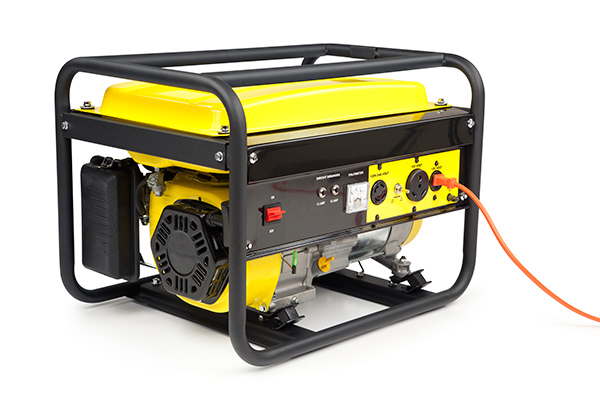When Hurricane Sandy hit the East Coast in 2012, an estimated 8 million homes across 17 states lost power, and only a tiny portion of them reportedly had an emergency generator. Afterward, not surprisingly, generator sales soared.
Whenever devastating hurricanes and winter storms are in the news, generators are again top of mind. But having a generator won’t help you if it doesn’t work. And without regular and proper maintenance, there’s a risk of it breaking down, says Jeffrey Yago, an engineer specializing in home design and a national emergency preparedness expert.
Of course, this may happen exactly when you need your generator most. “After using a generator during a storm,” says Yago, “many people are surprised if it doesn’t start when the next power outage strikes a year later.”
Here’s what you need to know to avoid that problem.
Know It
First things first: A backup generator is an electrical system that allows homes to maintain power on some (or all) appliances during an outage. Larger, permanent “standby” generators generally run on propane or natural gas, require professional installation and cost well into the thousands of dollars. Portable generators—which range from small units you can carry with one hand to wheeled units that take a couple of people to move—run on gasoline or propane, have plugs for extension cords, and generally cost between $400 and $1,500.
When it comes to purchasing a generator (or making sure the one you have still fits your needs), figure out your priorities. To run major energy hogs like central air-conditioning, you’ll need a standby generator. Portable generators usually offer between 2 and 8 kilowatts; 4 to 6 kW is usually enough to power a home’s essential appliances, like lights and a portable heater, says Yago.
Store It
It’s fine to keep your portable generator in a garage, even in winter, as long as it stays dry. Yago recommends letting the fuel run out completely before storing, to keep residual fuel from fouling up the fuel system, and refilling with each use. He keeps five-gallon, non-ethanol gasoline cans nearby; always be sure to store gas in a well-ventilated area away from the house. And be aware that generators can go through gas pretty quickly—even a portable generator can use more than five gallons a day. Also, keep heavy-duty outdoor extension cords accessible, so you can easily plug in appliances when needed.
Yago recommends running your portable generator for about a half hour every few months. This provides the necessary “exercise” to keep moving parts lubricated and the fuel and air passages clear. (Larger generators have automatic controls and exercise at regular intervals.) He also advises that you check your owner’s manual to learn the proper intervals for changing the oil and filter, either on your own or by a certified technician.
Use It
When it comes time to use your portable generator, the recommends placing it outside at least 15 feet from any open windows, to prevent exhaust fumes from entering the home. Ideally, operate it on a dry surface covered by a canopy to keep off rain.
To keep appliances safe, research the wattage requirements and electrical loads before powering them up through a generator. While most large generators can power even the largest household appliances, smaller generators may shut down if asked to power high-load appliances such as a washer or refrigerator. They also won’t power anything that runs on more than 120 volts; for items like central air-conditioning or a water heater, you’ll need a larger generator with a 240-volt option.
Know what else is helpful in case of emergency? Home insurance through the GEICO Insurance Agency. Get a free quote today.
Read More: Natural disasters often cause power outages. Here are other ways to prepare for a hurricane.
By Alina Dizik
